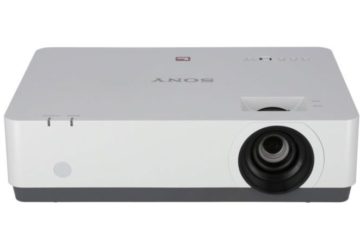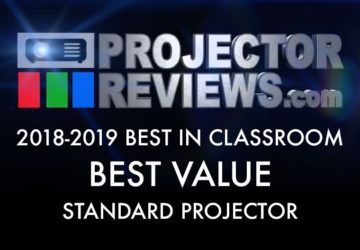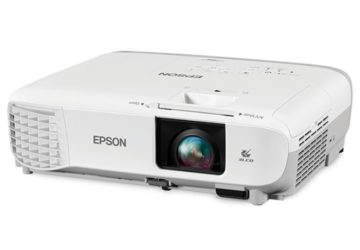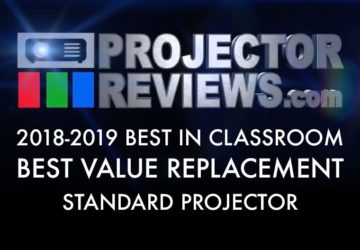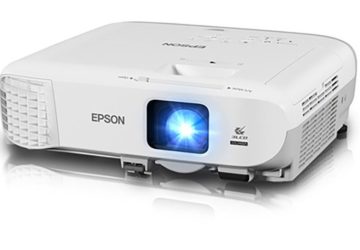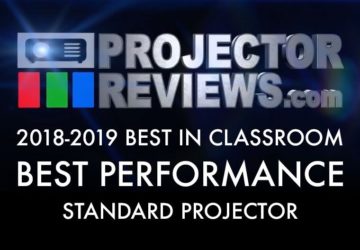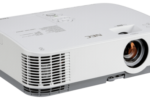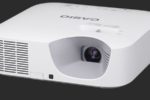Standard projectors have typically been the largest category of projectors suitable for K-12 school use. Although, as even the least expensive school projectors get brighter and brighter, year after year, even some very low cost projectors can now often be used in larger university classrooms and lecture halls. As a result, this year we have adapted our report to keep it realistic.
That is, for the first time, we are allowing the same projector, if suitably capable, to be considered in both Standard, and Large Venue Classes.
This year we only have six of these “Standard” projectors – those suited for K-12 classrooms, and similar spaces – of very differing abilities. Please note: Their families of projectors – similar models with different resolutions, and slightly varying feature sets, of these six projectors, likely number over forty total models. We try to mix up XGA, WXGA and even WUXGA projectors in this group when choosing projectors to review.
While the industry trend has been a shift to widescreen – WXGA, 1080p, or WUXGA, there are two key reasons XGA models still have large market share:
One: XGA projectors cost slightly less than WXGA.
Two (and the more important reason): Because many XGA resolution projectors are bought as replacements for older VGA, SVGA, and XGA projectors. That means a new XGA projector can utilize the same screen, and typically the same mount. Bottom line: Sticking to XGA may mean significant or even dramatic savings when replacing outdated projectors. If doing mass replacements across a school or school district, the savings can add up to tens or hundreds of thousands of dollars, with the extra expense being primarily labor and new screens.
We wish to thank Epson America for sponsoring this year’s Best Classroom Projectors report. ![]()

